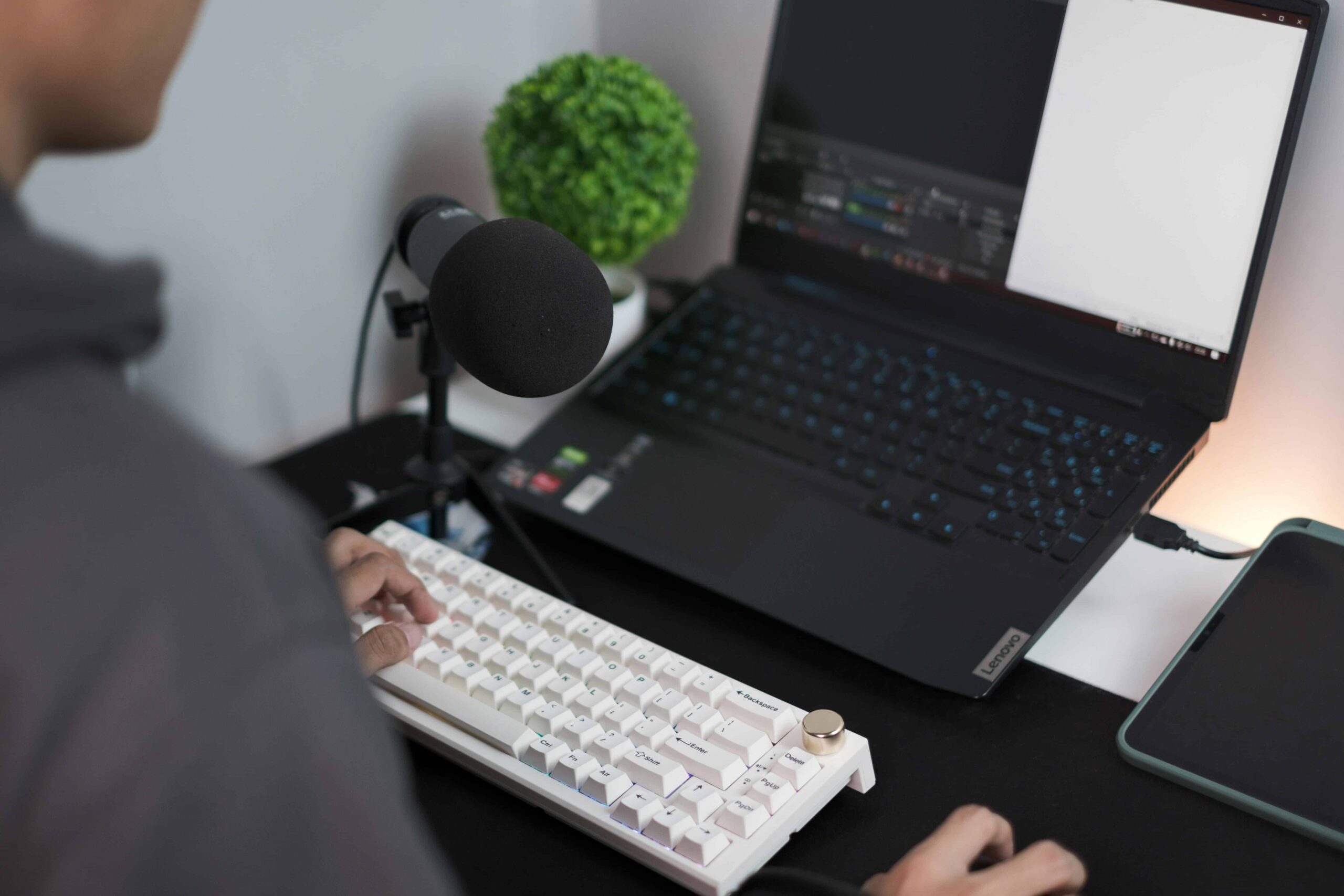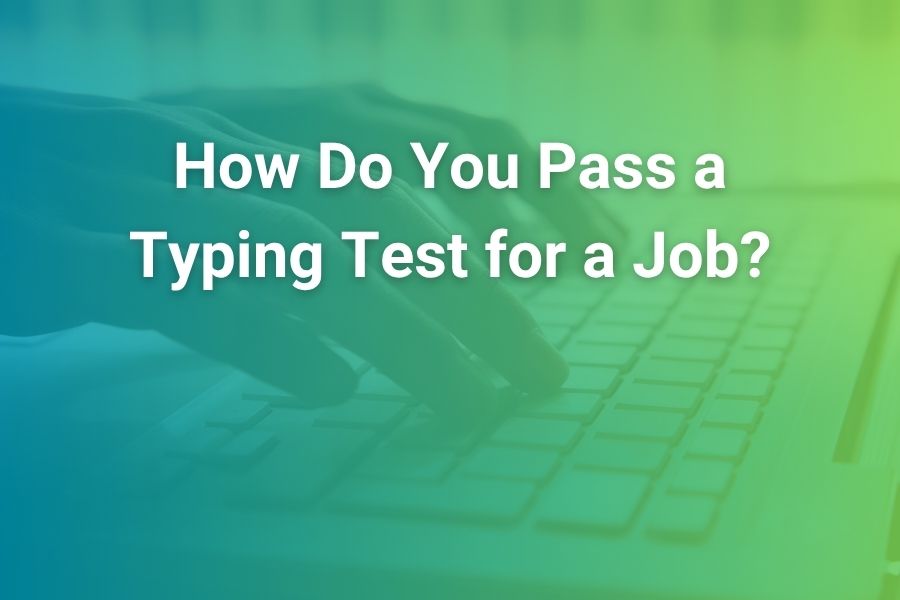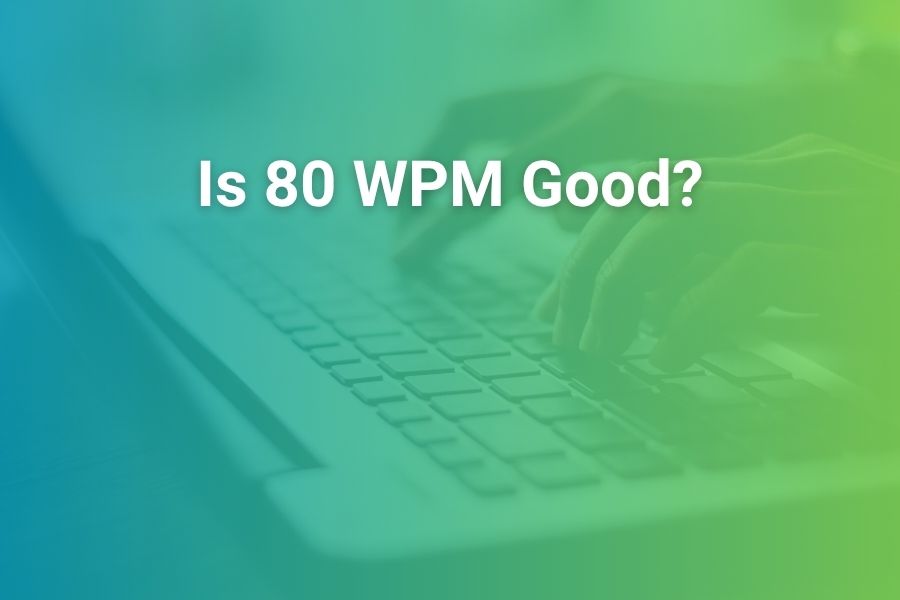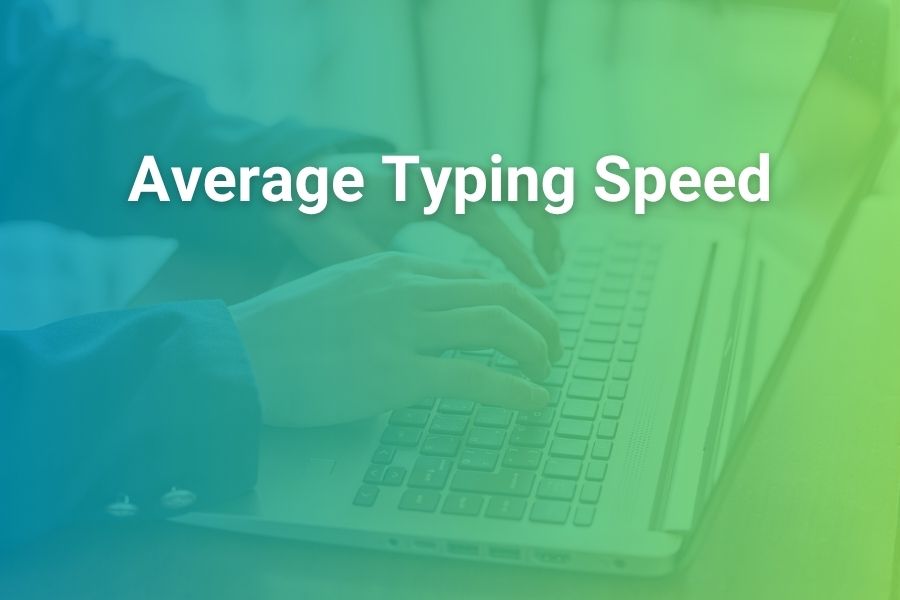
Typing speed is a skill that can significantly impact your productivity, whether you’re working on professional documents, chatting online, or coding. But how do you know if your typing speed is efficient? One common question many people ask is, “Is 70 WPM a good typing speed?” The answer to this question depends on your personal goals, the nature of your work, and the type of tasks you frequently engage in. While 70 words per minute (WPM) is considered a solid typing speed for most people, it’s essential to understand what’s typical for various professions and tasks.
In this article, we’ll dive into what constitutes a good typing speed, how to improve it, and whether 70 WPM is enough for different types of work. We’ll also provide tips on how you can increase your typing speed if you want to boost your efficiency. Let’s explore the nuances of typing speeds and see where 70 WPM stands in the grand scheme of things.
What Is Considered a Good Typing Speed?
Typing speed can vary greatly depending on the nature of the work you’re doing. For general office work, such as typing emails, writing reports, or taking notes, a typing speed of 40-60 words per minute (WPM) is considered acceptable. This speed allows most people to complete everyday tasks efficiently without feeling pressured.
However, for jobs that require more intensive typing, such as data entry, transcription, or programming, higher speeds are often necessary. In these fields, speeds of 80 WPM or more are typically expected. For example, professional typists or secretaries may aim for 80-100 WPM to keep up with the high volume of text they need to type.
Your personal typing speed can also have a significant impact on your overall productivity. The faster you type, the more tasks you can complete in a given time frame. As your typing speed increases, tasks that once took a considerable amount of time can be completed much more quickly. This is particularly important in professions where time efficiency is key, and faster typing speeds lead to higher productivity. Therefore, understanding what’s considered fast for your specific job can help you set realistic goals for improving your typing skills.
How to Improve Your Typing Speed?
Improving your typing speed is essential for boosting productivity and efficiency, whether for work or personal use. Here are some proven strategies to help you type faster and more accurately.
Practice Regularly
The key to improving your typing speed is consistent practice. Set aside 15 to 30 minutes each day to focus on typing exercises. This daily routine helps build muscle memory and allows your fingers to become more familiar with the keyboard. As you practice regularly, you will find that you type faster and more accurately, gradually increasing your typing speed over time.
Focus on Accuracy First
Before rushing to increase your typing speed, it’s essential to focus on accuracy. Typing without errors should be your primary goal. As you become more accurate, your typing speed will naturally improve. Avoid looking at the keyboard while typing to build better muscle memory. Start slow to ensure that your hands are positioned correctly, and as you become more comfortable, your speed will naturally follow. Mastering accuracy first is the foundation for achieving faster typing.
Use Typing Software
There are several online tools and software programs designed to help you improve your typing speed. Programs like TypingMaster, Keybr, and 10FastFingers offer structured lessons and typing games that challenge you to type faster while maintaining accuracy. These tools track your progress and provide valuable feedback, making it easier to see where you need to improve. Regular use of typing software can significantly accelerate your progress in reaching a higher typing speed.
How Does 70 WPM Compare to Other Typing Speeds?
A typing speed of 70 WPM is well above average. The typical person types at around 40–50 WPM. If you’re typing 70 WPM, you’re likely more efficient than most people in day-to-day tasks. For most professional work environments, a typing speed of 70 WPM is sufficient; however, in specialized fields such as transcription or coding, a higher speed may be required. Let’s break down how 70 WPM compares to other speeds:
- 40-50 WPM: Average typing speed for most people.
- 60-70 WPM: Above average and sufficient for most office tasks.
- 80 WPM and above: Ideal for data entry, transcription, and professional typing jobs.
Having a typing speed of 70 WPM places you in a good position for most jobs, but those looking to pursue specialized fields might aim to increase their speed even further.
Does 70 WPM Meet the Requirements for Various Jobs?
Typing speed plays a crucial role in various job environments, impacting how quickly and efficiently you complete tasks. Here’s how 70 WPM measures up for different job roles.
- Office Work: For general office tasks like typing emails, writing reports, or responding to client communications, 70 WPM is more than sufficient. It allows you to complete tasks efficiently without feeling rushed, making it ideal for most office environments.
- Data Entry and Transcription: In data entry and transcription roles, 70 WPM is on the lower end of the spectrum. These jobs typically require higher typing speeds of 80-100 WPM to keep up with the large volume of text that needs to be processed quickly and accurately.
- Programming and Coding: While programming and coding don’t rely solely on typing speed, efficiency in writing and understanding code is key. A typing speed of 70 WPM is adequate for casual coding, but many programmers aim to increase their speed for better workflow, particularly when working on large projects with repetitive tasks.
Each job type has different requirements, and 70 WPM is considered a solid speed for most general work.
Tips for Increasing Your Typing Speed Beyond 70 WPM
To push your typing speed beyond 70 WPM, consistent practice and the proper techniques are key. Here are some practical tips to help you increase your typing speed even further.
Practice Touch Typing
Touch typing is a highly effective technique for increasing typing speed. It involves typing without looking at the keyboard, allowing you to focus on the screen and the content you’re typing. This method helps improve both speed and accuracy. Additionally, using all your fingers rather than just a few will significantly boost your typing efficiency, as it allows you to type faster and with less strain on your hands.
Use Ergonomics to Your Advantage
Proper ergonomics play a vital role in maintaining typing speed. Ensure that your workstation is set up to reduce strain and fatigue. Sit with good posture, keeping your elbows at a 90-degree angle, and position your wrists comfortably. The correct keyboard placement can help you type faster and more comfortably, minimizing the risk of injury and allowing you to type for more extended periods without discomfort.
Take Breaks to Avoid Fatigue
Typing for extended periods without taking breaks can lead to physical and mental fatigue, causing a decline in your typing speed. Regular breaks are essential to keep your fingers, hands, and mind fresh. By taking short breaks during extended typing sessions, you can maintain a steady pace and avoid burnout.
Conclusion
70 WPM is considered a good typing speed for most people and is sufficient for many office tasks. It’s above average and works well for general typing needs like writing emails, reports, and documents. However, the ideal typing speed can vary based on your profession or personal goals. For typing-intensive jobs like data entry, transcription, or programming, a higher speed may be required. By practicing regularly and prioritizing accuracy, anyone can improve their typing speed. As you build muscle memory and refine your technique, you’ll become more efficient in completing tasks, boosting productivity, and enhancing overall work performance.
FAQ’s
What is the average typing speed?
The average typing speed for most people is around 40-50 WPM. However, this can vary depending on age, experience, and profession.
Can I improve my typing speed to 100 WPM?
Yes, with consistent practice, proper techniques, and focus on accuracy, it’s possible to improve your typing speed to 100 WPM or higher.
Is 70 WPM enough for a data entry job?
While 70 WPM is good, many data entry jobs require speeds of 80-100 WPM to keep up with the volume of typing needed.
How long will it take to increase my typing speed?
With regular practice, you can increase your typing speed by 5-10 WPM per week, depending on your commitment.
Does typing speed affect productivity?
Yes, faster typing speeds can significantly increase productivity, especially in professions that require extensive typing, like data entry or writing.









